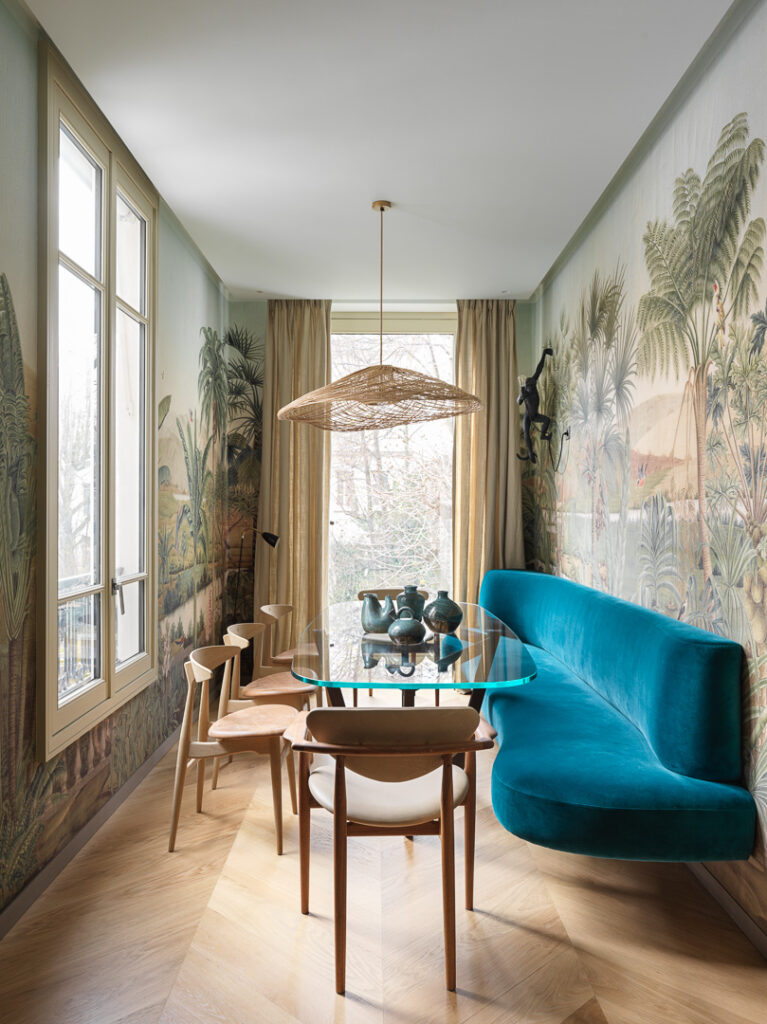
Listen to your furniture
Sometimes the signs that surround us are not written down in words but rather as faint hints to be spotted and deciphered in order to grasp a better understanding of our surroundings. In the case of interiors, these messages are transmitted as visual cues embedded within each furniture piece. If our furniture could speak, it would reveal countless stories about its history, the room’s purpose, and the energy you want to transmit through it. While we cannot actually engage in a dialogue with these elements, one thing we can do is listen to our furniture’s creaks, groans, and shifts that reflect their west, tear, and the passage of time. This unspoken tongue is also a form of silent language that calls us to acknowledge our furniture’s need for care, maintenance, or even its functional purpose and relationship with an interior.
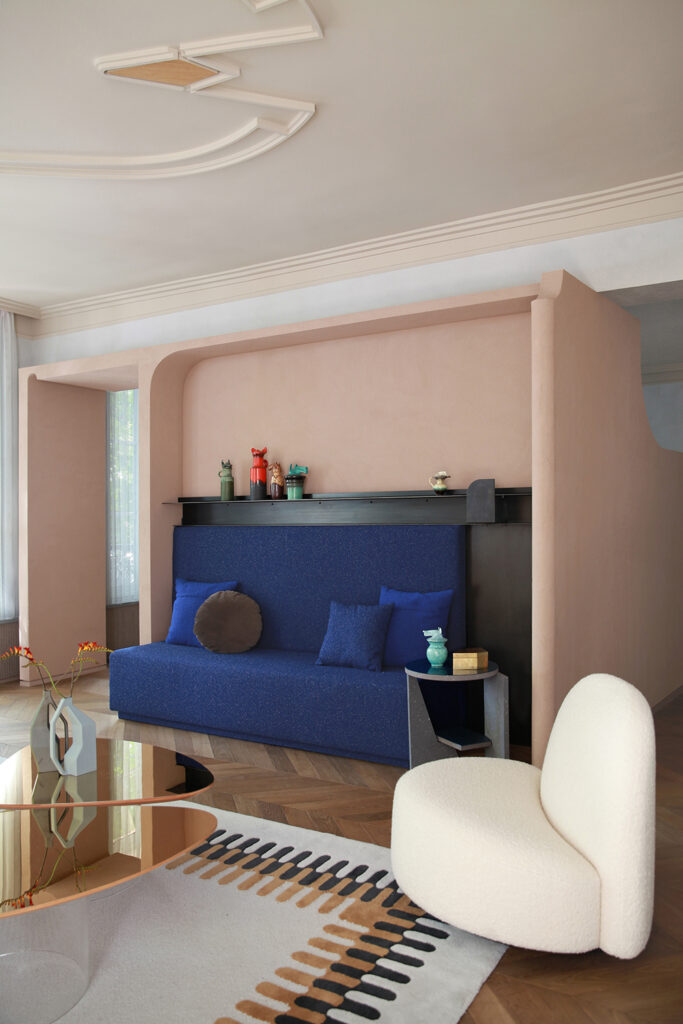
What can furniture reveal about your way of treating it?
Furthermore, the next question we must ask ourselves is ‘what’ exactly our furniture is trying to say. If we look closely, we can find a reflection of our own habits and way of treating furniture written across its surface. Its condition, whether meticulously maintained, neglected, or highly used; unveils the level of attention we give to our possessions and therefore, also to our quality of interiors. Well-cared for furniture, free from scratches, stains, or smudges, signifies an attentive owner with a focus on cleanliness and maintenance.
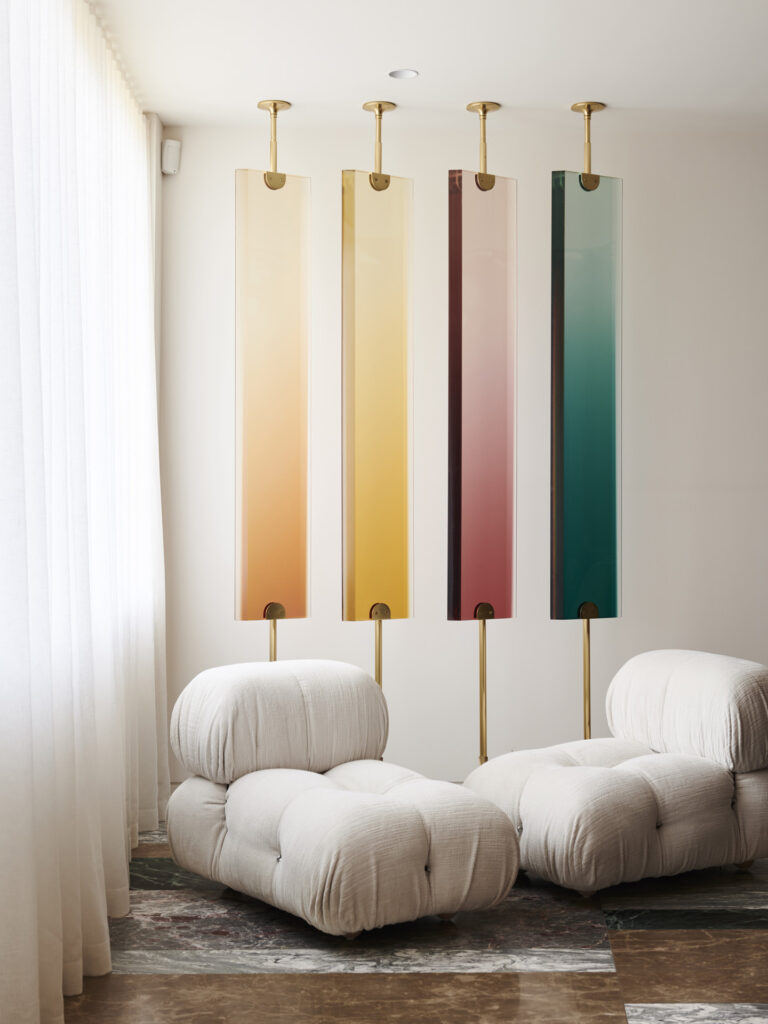
Nonetheless, the west and tear in furniture can also embody a beautiful narrative about time, use, and history that imbued each piece with charm and a sense of attachment through shared memories. A scratch, patina, or worn edge can reveal careless use as well as a story or accumulation of experiences that reflect the furniture’s lived-in authenticity. In certain instances, these imperfections can be celebrated and used as sources of inspiration to add a personal decorative touch as displayed in the Japanese art of Kintsugi. As an ode to the resilience and ever-changing beauty of an object, this approach proudly highlights the scars of time instead of hiding them.
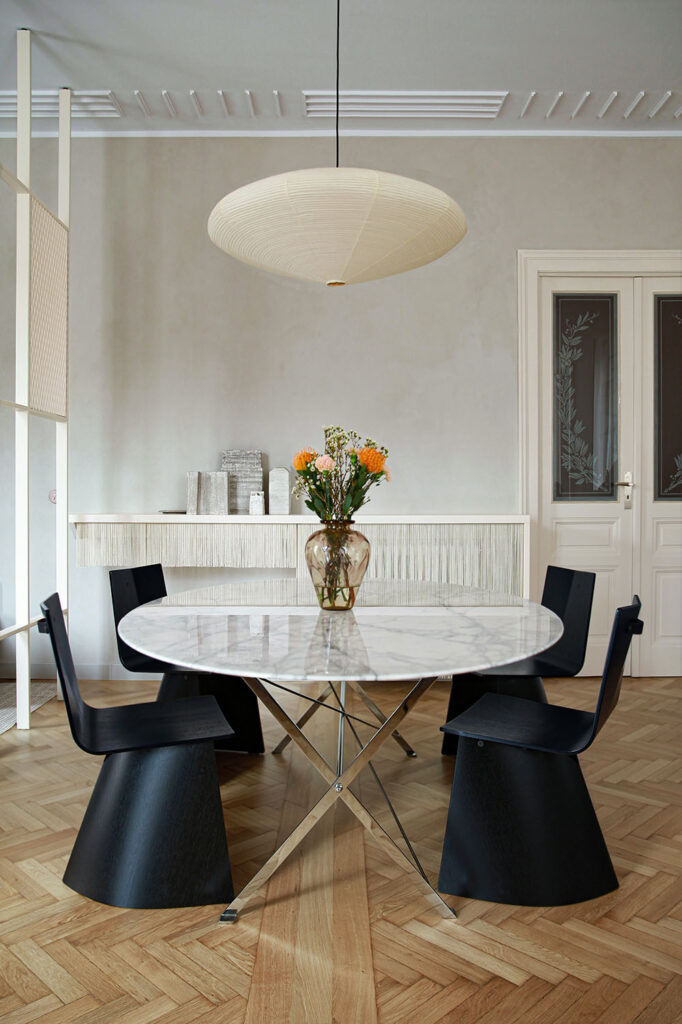
What does it reveal about your interior design’s purpose?
Not only does furniture reflect our habits and style, but it also says something about the goals we place upon our design scheme. Each piece serves as tangible evidence of the intentions behind the style, arrangement, and atmosphere within a room. For example, sharp, modern furniture with clean lines and minimal decorative accents might communicate one’s desire for a contemporary, uncluttered ambience. Meanwhile, ornate and vintage furniture pieces can suggest a preference for a more traditional aesthetic and the value of historicity. However, when seen from a functional perspective, furniture can also indicate the intended purpose of a space; whether it is geared to fostering social interaction, quiet instances of relaxation, more productive setting, or a mix of purposes.
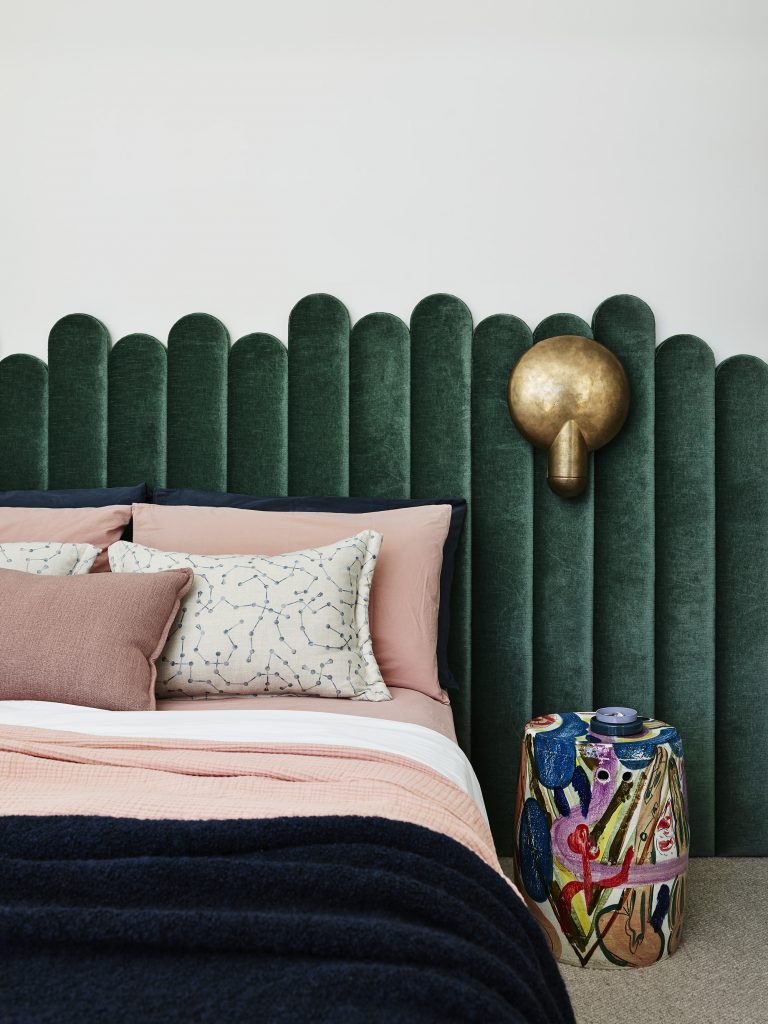
Giving our furniture a voice
Seeing how furniture can unintentionally or purposely reveal certain things about their owners, how can we use this to our advantage in making a powerful statement through our furniture? The answer lies in the deliberate selection and positioning of pieces that capture attention, convey a specific message or memory, and reflect your personality. Naturally, the first step is to select furniture that stands out, whether for its unusual design, bold colors, or considerable size. These key pieces should be limited to one or very few centerpieces that can serve as focal points in a room rather than mere visual distractions. Additionally, one can consider contrasts by juxtaposing different styles, eras, or materials in order to create a striking image. The same effect can be achieved by paying attention to scale and proportion to amplify the visual impact of furniture.
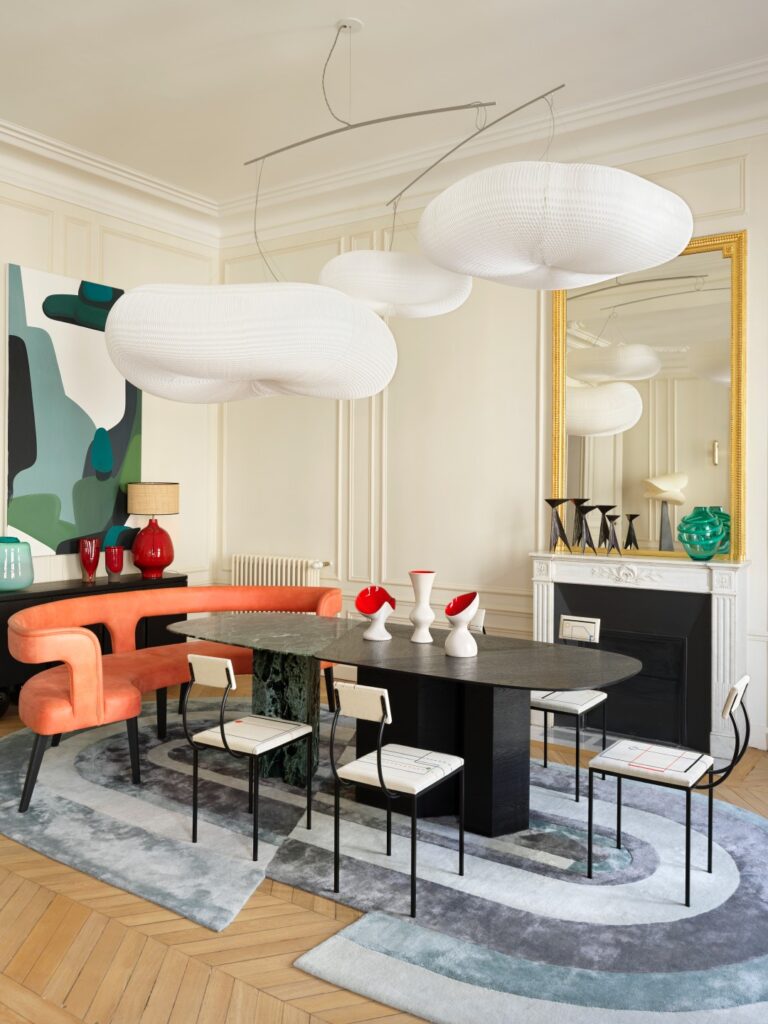
The messages that furniture tells us
As we have seen, furniture can communicate the way we live and use our space. For instance, a home office setup or a welcoming reading nook might indicate the owner’s focus during leisure hours. However, our possessions can also convey an aesthetic aspect through our appreciation for craftsmanship and value for traditional and quality-pieces. Similarly, the selection of sustainable, environmentally friendly, or artisanal and locally-made pieces, can reflect one’s commitment to an environmental responsibility or the support of conscious craftsmanship. In fact, we can also use furniture to showcase not only our appreciation for the earth but also towards diversity, history, and cultural richness by incorporating pieces that reflect our own cultural heritage or that have traveled from different parts of the world.
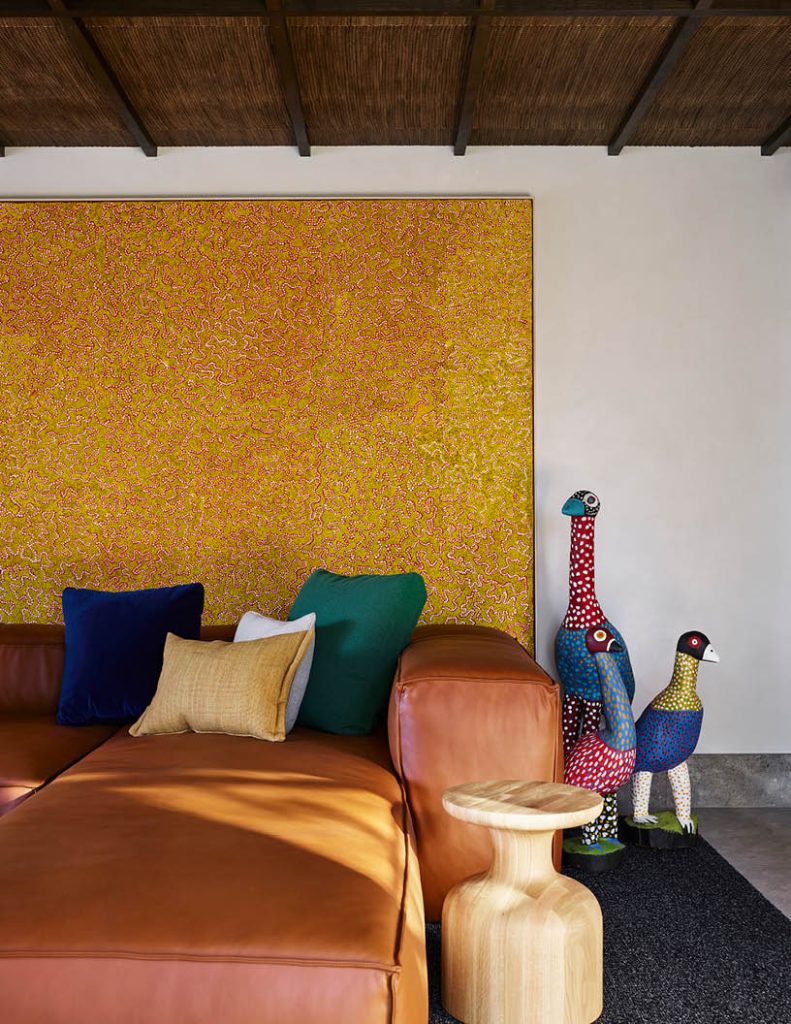
A last message from our furniture
Finally, after discussing how furniture can communicate with us through visual cues and what messages it can convey; we should reflect on the importance we assign to furniture not only as a functional and indispensable element for our home but also as a potential means of self-expression. Each piece when added together, transforms a living space into a reflection of one’s identity; thus fostering a sense of belonging and authenticity within our interiors. By imbuing furniture with specific concepts, styles, or memories we can enhance not only the design’s aesthetics but also form an emotional connection with our surroundings, evoking feelings of comfort, nostalgia, and even inspiration.
